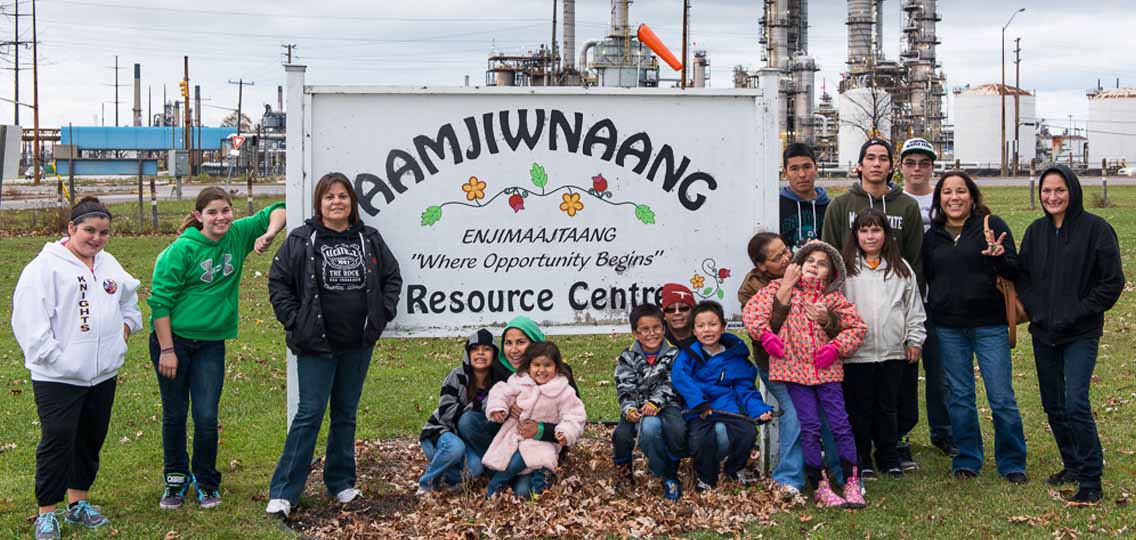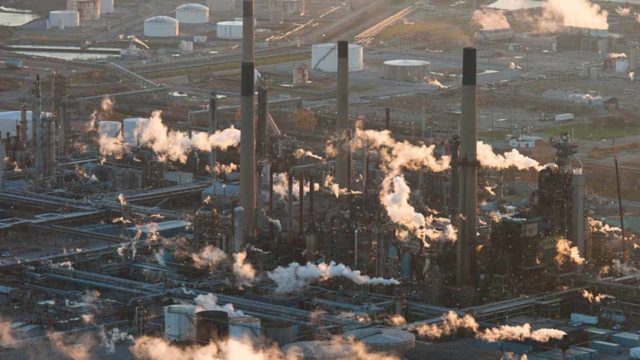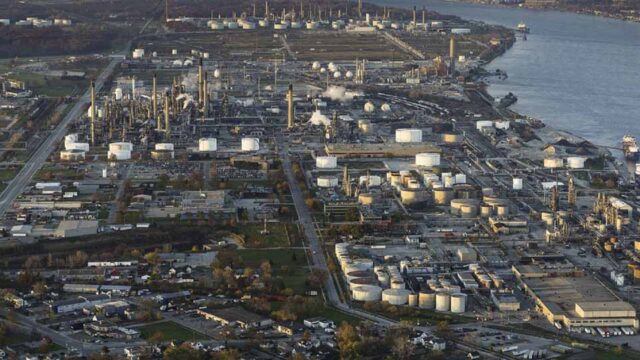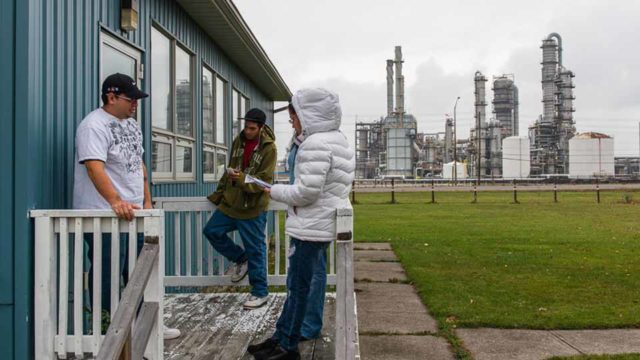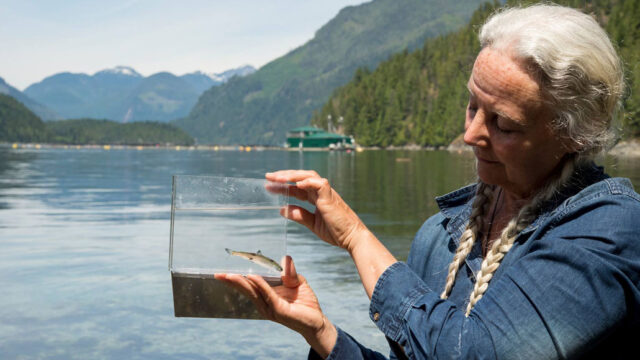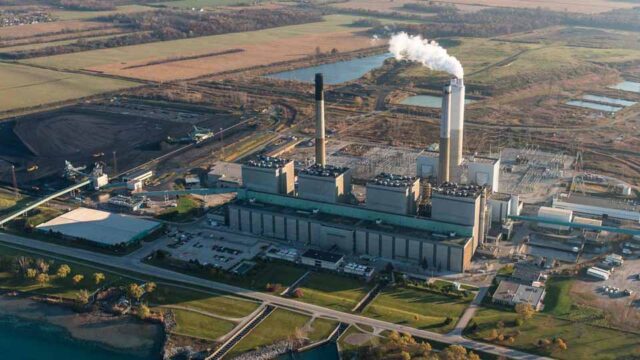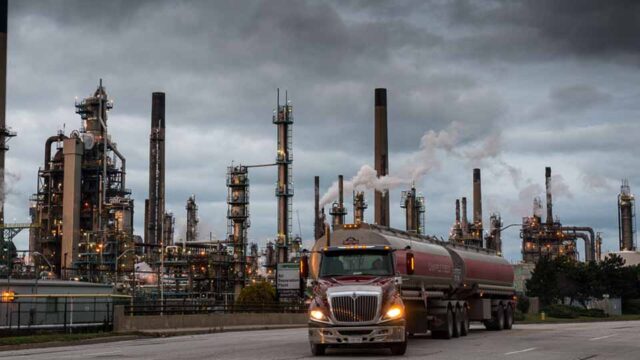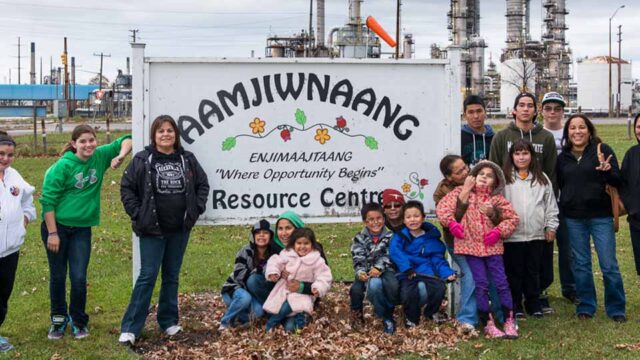Ecojustice lawyers represented Ada Lockridge and Ron Plain, two members of Aamjiwnaang First Nation, in their fight to ensure that the health of people living in one of Canada’s most polluted communities – Sarnia’s Chemical Valley – is protected.
The approximately 800 residents of Aamjiwnaag live next to industrial facilities that account for approximately 40 per cent of Canada’s petrochemical industry. In 2011, the World Health Organization said that the people of Sarnia breathe some of the most polluted air in all of Canada.
In Lockridge and Plain v. Director, Ministry of the Environment et al., our clients asked the court to declare that an order issued by Ontario’s Ministry of the Environment that allows Suncor Energy Products to increase production at part of its Sarnia refinery violated their Charter rights. Our clients believe that the government’s failure to take into account the cumulative effects of pollution from all the industrial activity around their community violates Ada and Ron’s basic human rights under sections 7 and 15 of the Canadian Charter of Rights and Freedoms – their rights to life, liberty and security of the person, and the right to equality.
In the years since the case was filed in 2011, the Ontario government has started to fix some of the problems that led Ada and Ron to take legal action. That’s why, on our advice as their legal counsel, Ada and Ron have withdrawn the lawsuit. To achieve our shared goal of reducing harmful pollution in Ontario communities, we’re now focusing our energy on ensuring the government makes good on its new initiatives — starting with its efforts in Chemical Valley.

